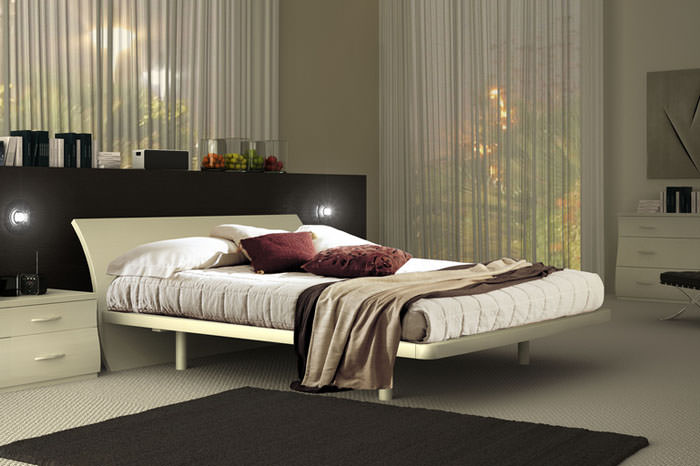Welcome to the forefront of healthcare architecture, where the design of hospitals plays a crucial role in fostering a positive and healing environment for patients, staff, and visitors alike. Modern hospital design goes beyond functional spaces; it prioritizes creating spaces that enhance well-being, promote efficiency, and contribute to the overall patient experience.
Key Principles of Hospital Design
Patient-Centered Spaces:
Innovative hospital design focuses on creating patient-centered spaces that prioritize comfort, privacy, and accessibility. Patient rooms are designed to be welcoming, with ample natural light and calming color schemes. Ensuring ease of navigation for patients and their families contributes to a stress-free experience.
Flexible Layouts:
Hospitals must be adaptable to changing healthcare needs. Flexible layouts allow for easy reconfiguration of spaces, ensuring the ability to accommodate new technologies, evolving medical practices, and shifts in patient demographics. This adaptability promotes efficiency and sustainability.
Integration of Technology:
Incorporating cutting-edge technology into hospital design enhances patient care and streamlines operational processes. Smart building systems, electronic health records, and telemedicine capabilities contribute to a seamless healthcare experience. Integration of technology also improves communication between healthcare professionals, ultimately benefiting patient outcomes.
Healing Gardens and Green Spaces:
Recognizing the therapeutic benefits of nature, modern hospital design often incorporates healing gardens and green spaces. These areas provide patients with a connection to the outdoors, promoting relaxation and aiding in the healing process. Additionally, green spaces can serve as areas for staff respite, contributing to overall well-being.
Infection Control and Sustainability:
In response to global health challenges, hospital design prioritizes infection control measures to ensure a safe environment for patients and healthcare providers. Additionally, sustainable practices, such as energy-efficient systems and eco-friendly materials, are integrated to reduce the environmental impact of healthcare facilities.
Collaborative Workspaces:
Promoting collaboration among healthcare professionals is vital for delivering comprehensive patient care. Hospital design includes collaborative workspaces, where interdisciplinary teams can efficiently work together, fostering communication and coordination for better patient outcomes.


